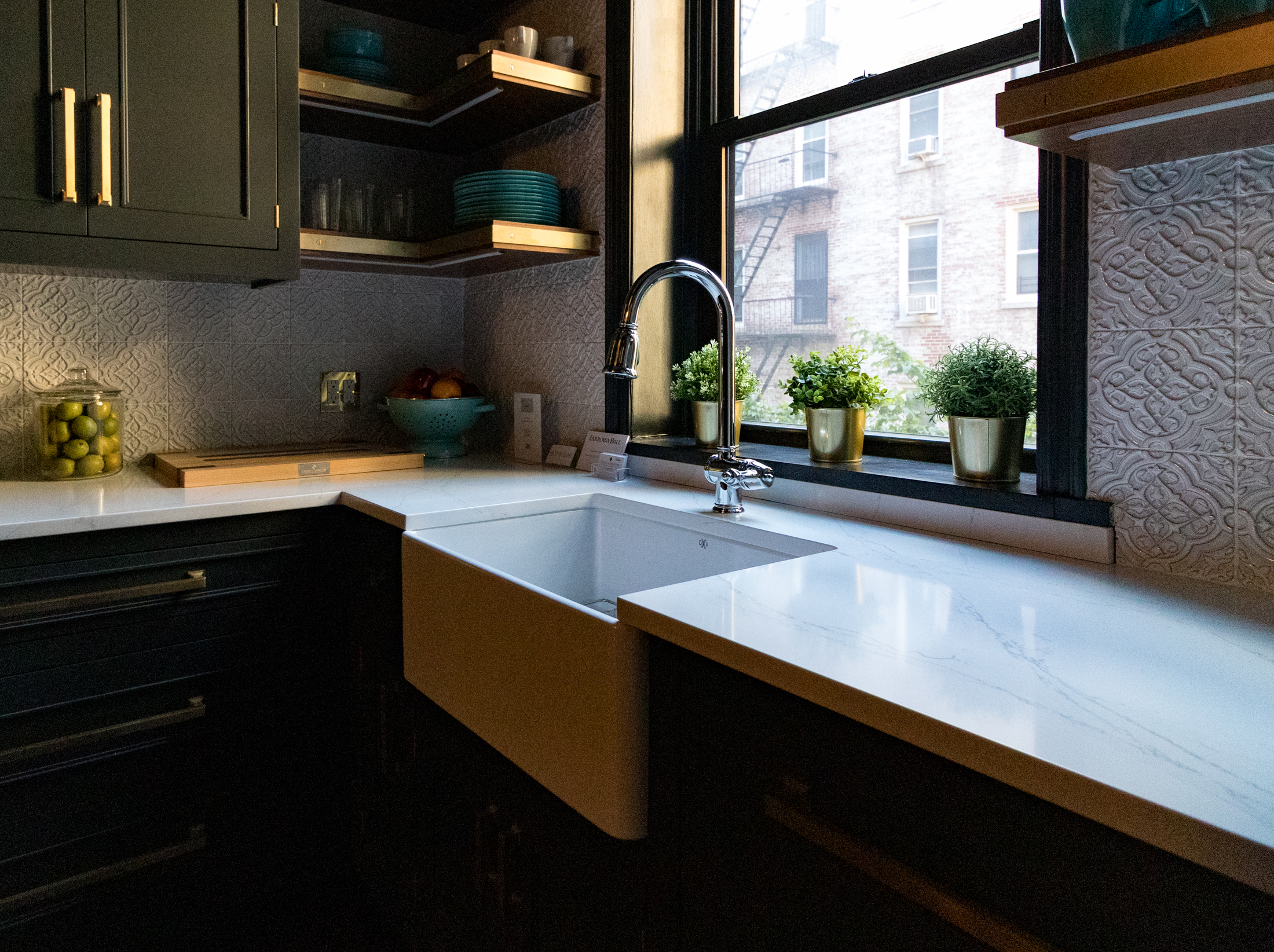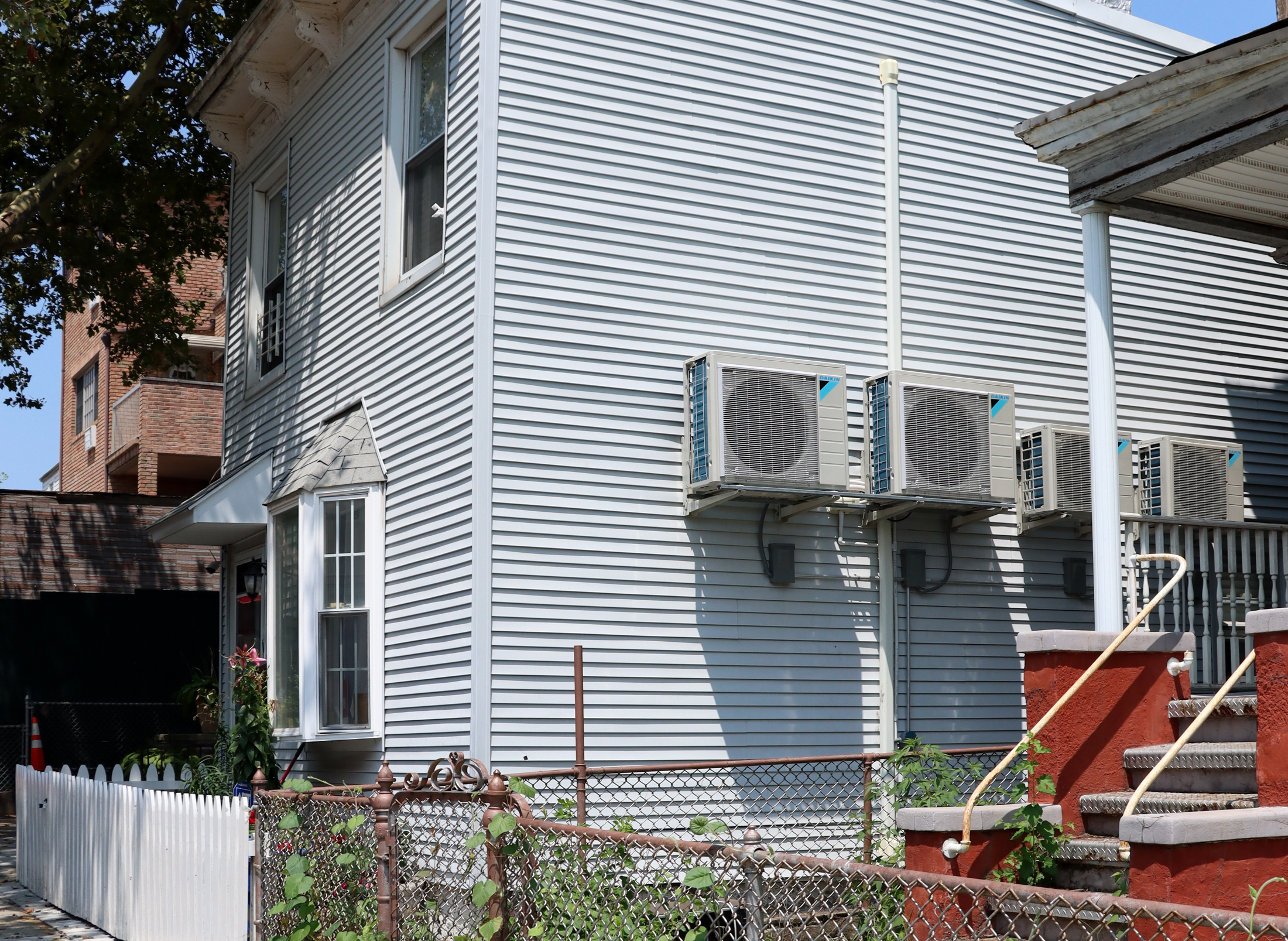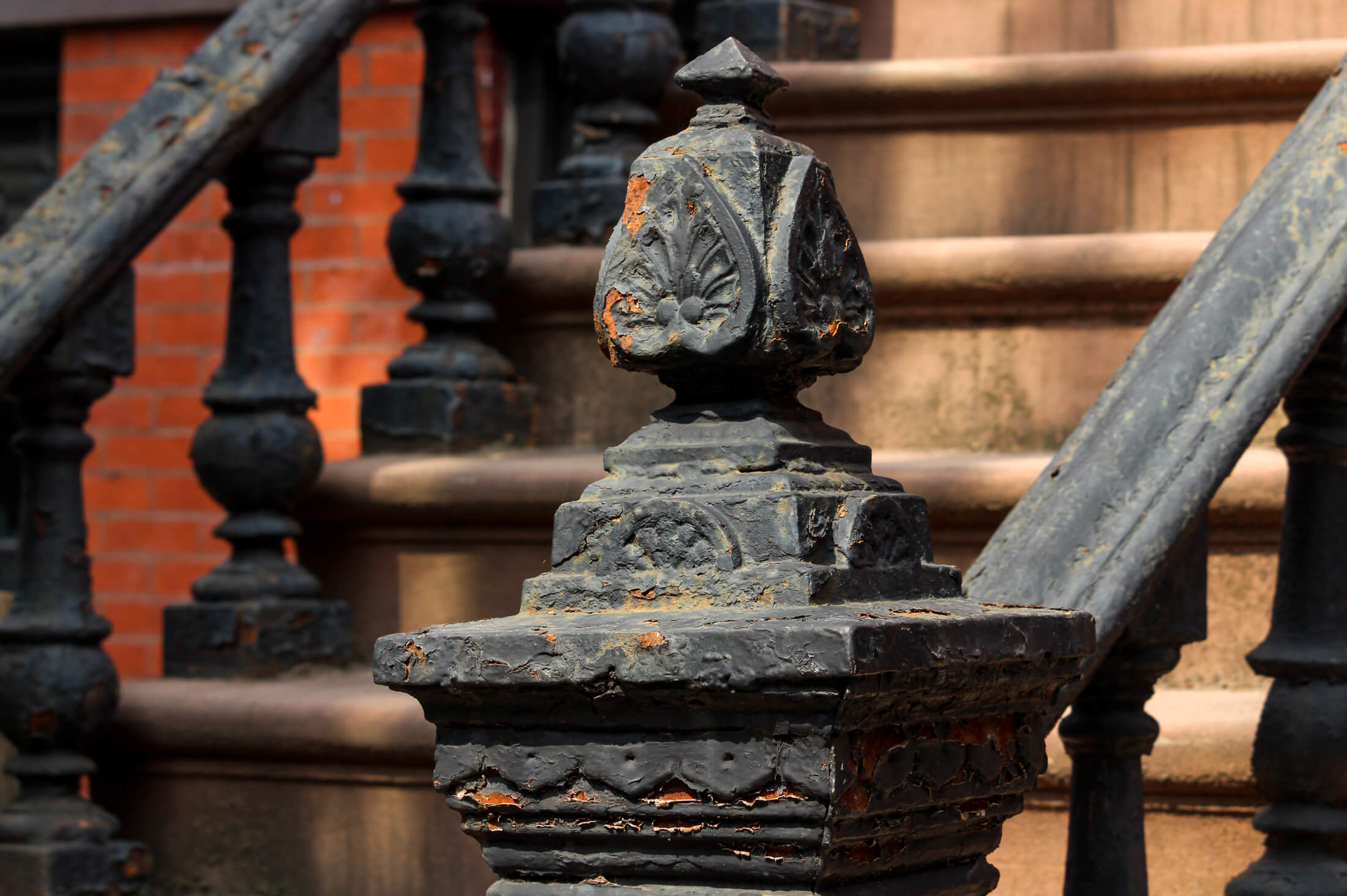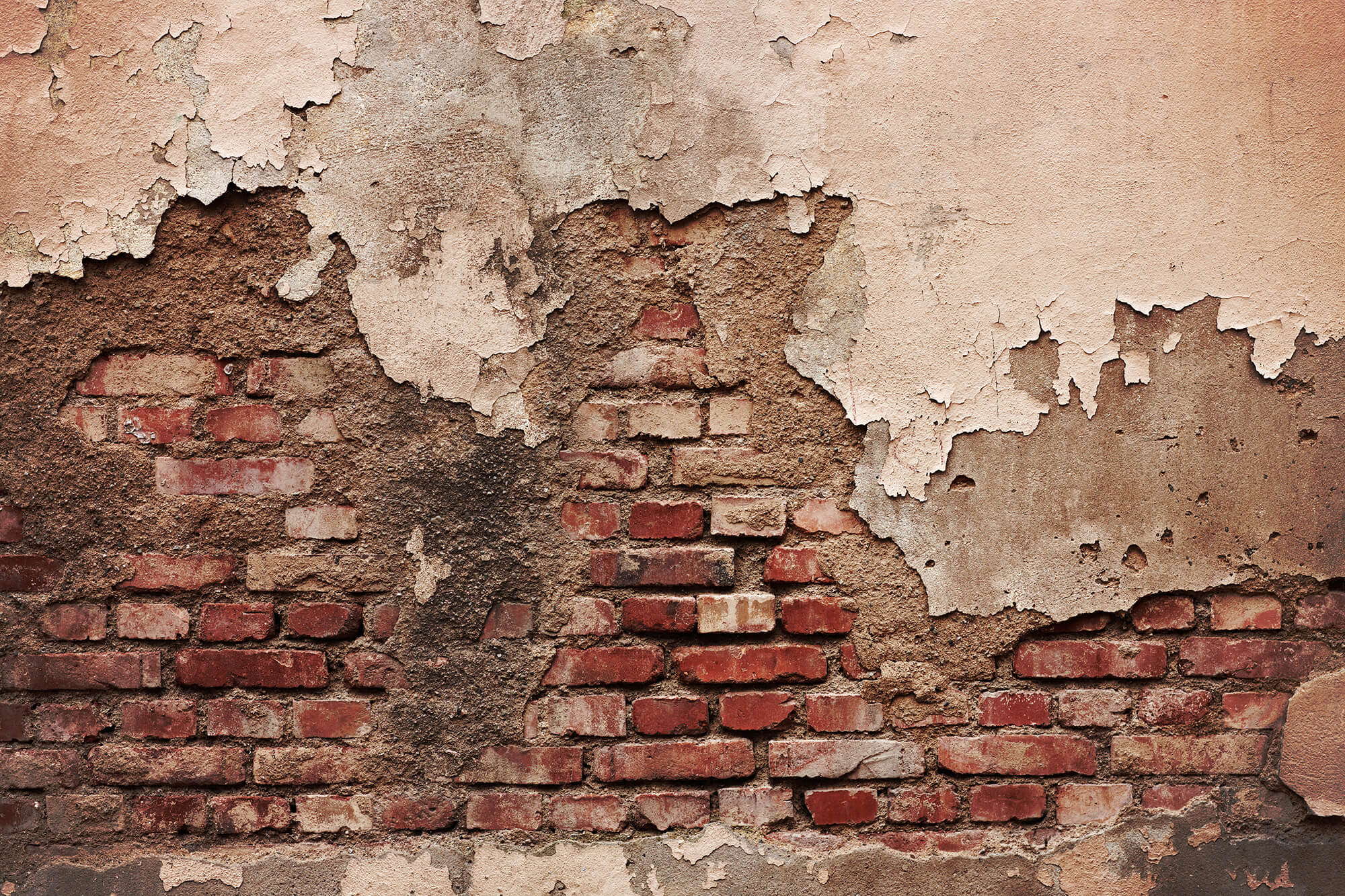Front Page Forum: Creaky Floorboards
Our hallway floorboards are not in the best of shape. On the lower floors, there are a couple of patches where you can feel the floorboards flex a little when you walk on them, adding a little bounce to your step. On the top floor, they are more stable, but the whole hallway creaks a…
Our hallway floorboards are not in the best of shape. On the lower floors, there are a couple of patches where you can feel the floorboards flex a little when you walk on them, adding a little bounce to your step. On the top floor, they are more stable, but the whole hallway creaks a lot, which is not insignificant because it’s the floor where the kids’ bedrooms are and, as any parent will tell you, once your child is asleep, you want him/her to stay that way. So we’re wondering what people would recommend for both situations? How big (or small) an ordeal is this potentially?








Oh my God, We have the same problem with
having beautiful 1830’s pine floors and
trying to match the color with new wide pine plank flooring. Ours are a pumpkin pine color and I can’t seem to find a stain that matches.
Hello guys! I have some questions. I mean need some help.
Where i can read more about this problema?
Please, don’t derect me to http://google.com i know about it.
Please derect me with some links.
thanks!
UCAKK^^
I have 1830’s original heart pine floors that we just sanded. Beautiful with just a sealer and matte poly. Problem was in matching new pine floors in additions to get a color consistent to the heart… Ended up using a maple (orange) and then a coat of provincial (brown) to get close. Any other ideas on making new pine planks to color as heart pine?
Seems like everyone has squeeky floors like I have.
Hi!
Could anyone tell me how to fill in the gaps between floor boards. So much dust!
Tracy
To get the tongue and groove in the new boards I did the intensive task with a router. It wasn’t so difficult, really. Just repetitive and loud! but earplugs came to the rescue.
I simply used 1×6 common pine in 10′ lengths from Dykes, ripped down to size (cutting them lengthwise on a table saw) and then went at them with my router. It did take almost surgical planning and measuring, but being careful is the name of the game anyways. The results were more than satisfactory and I am moving on to other rooms in the house doing the same thing. As with the rest of the house, I am looking forward to the day when it is finished.
I wonder if anyone is still reading this. Keith, great post. Question: How did you get the tongue an groove on the new boards? Did you use new pine floor boards? Where did you get those?
I wish I had read this dialogue about a year ago, but I learned a lot on my own. Our old brownstone in Bed/Stuy had all the typical floor issues: layers of linoleum, paint, soft spots, creaky spots, etc. The floor in our home is not unlike many floors that I see around: simple pine tongue and groove boards about 4 1/2″ by 7/8″ thick. No subfloor. My house is not one of the grand ones, but a charming old house with many of the old details remaining. The floors were worn and beat up and I discovered that the worst problems were mostly the result of bad carpentry when plumbing and electrical was put in. The floor boards were ripped up (not very carefully), the joists were channelled out to make room for pipes and electric lines, and then the boards were nailed back sometimes with little or no support. I found that all the soft spots were the result of this invasive process. Where floor boards don’t rest firmly on joists, they will move and they will crack. Any movement will result in noisy floors. At our home, we decided to repair the floors where needed, sand and poly. Finding old boards to replace the ones needing replacing turned out impossible. No one is salvaging old pine boards worth re-using, in my opinion. And I was only up for replacing the problem areas, not an entire floor. Finishing nails at 45 degrees solved the noise problems. I will investigate the suggestion of better nails, but simply nailing the boards down to stablize them is the answer and angling the nails is key. Using a nail punch to sink the nails in makes the nails disappear and a stronger fit. Our old boards have so many nails and holes in them from various things in the past that a few more nail holes didn’t matter. Pine is a soft wood, but it sands really well. We found that we were able to stain the new boards to closely match the old boards which we did stain also because we wanted a somewhat darker color.
The hardest problem we encountered was in matching the thickness of the original floor. 7/8″ is not readily available and I chose not to spend the money to buy thicker wood that is available and plane it down. I realize I comprimized here, but I am not unhappy with the results. Instead, I used 3/4″ boards (common pine) with a 1/4″ layer of plywood underneath. These two dimensions actually added up to the existing 7/8″ thickness of the old boards, and where there was a thickness discrepancy, the sanding process evened it out. I did work out a tongue and groove arrangement that worked well with the boards I was not replacing as well as fitting the new boards to each other. I got to know my floor intimately. And, as things go, when I had ripped up the bad boards, I discovered it was a great time to replace old plumbing, get rid of old gas lines, and take advantage of the open floors to snake in some new electrical lines. I also was able to repair some of the hatched jobs done to the floor joists. My floors are real solid now, where before there were places that felt like I could fall through, and the quiet walk is blissful. I didn’t spend a lot to make these repairs and the finished floor areas have convinced us that repairing and restoring the existing floors was the way to go with our old home.
Anon 2:31 and 8:55 thanks for the squeaknomore link. Looks like just what I need. Absolutely! did you have to predrill holes into pine floor when you used them?
Jerry, did you floors lose their pumpkin pine look / patina after being sanded?